What you'll learn
Working knowledge of Data Science Tools such as Jupyter Notebooks, R Studio, GitHub, Watson Studio
Python programming basics including data structures, logic, working with files, invoking APIs, and libraries such as Pandas and Numpy
Statistical Analysis techniques including Descriptive Statistics, Data Visualization, Probability Distribution, Hypothesis Testing and Regression
Relational Database fundamentals including SQL query language, Select statements, sorting & filtering, database functions, accessing multiple tables

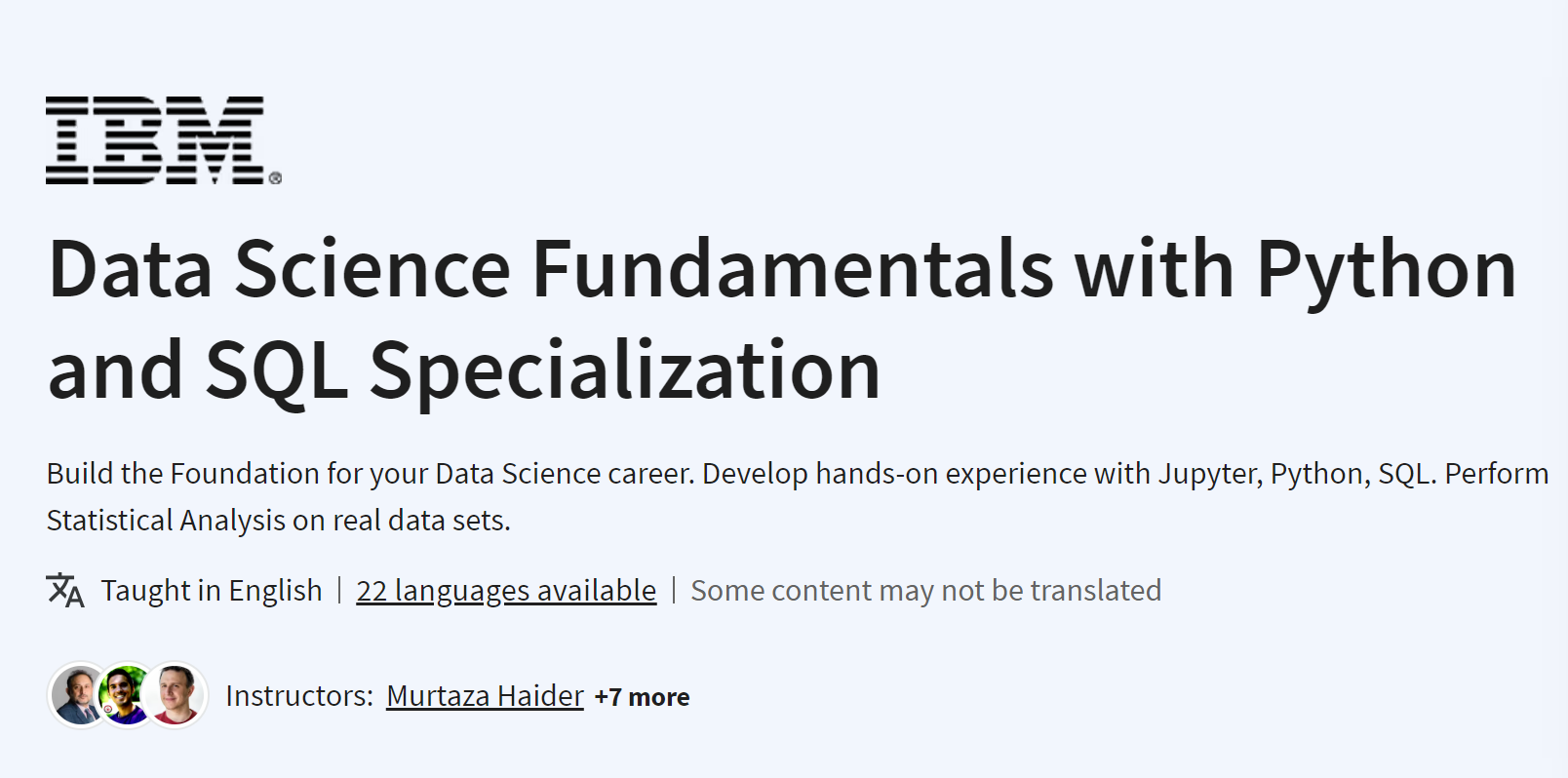
%20(Data%20Dynamics%20Python%20&%20SQL%20Mastery).jpg)
%20(Computer%20Programming).jpg)
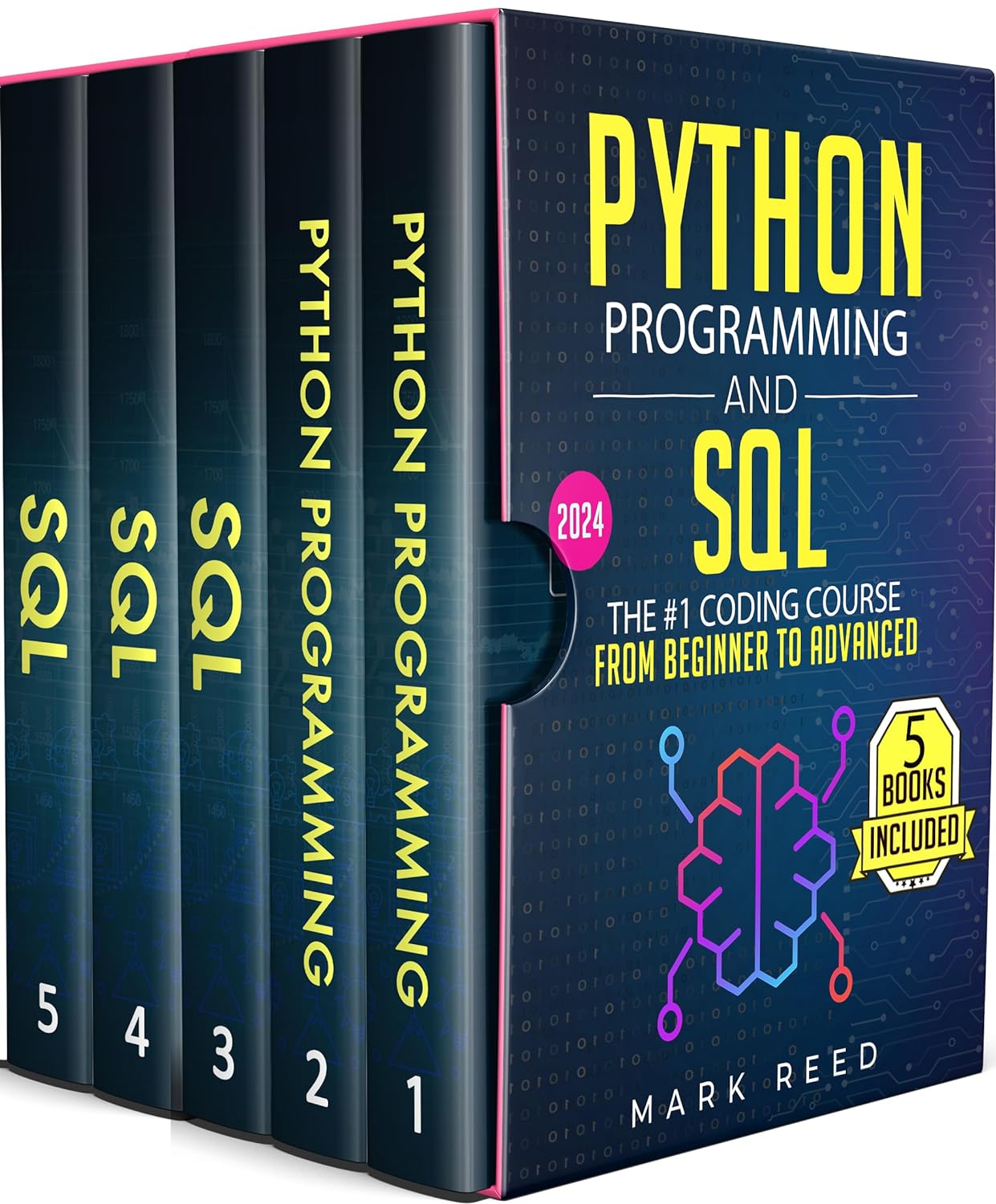%20(Computer%20Programming).jpg)

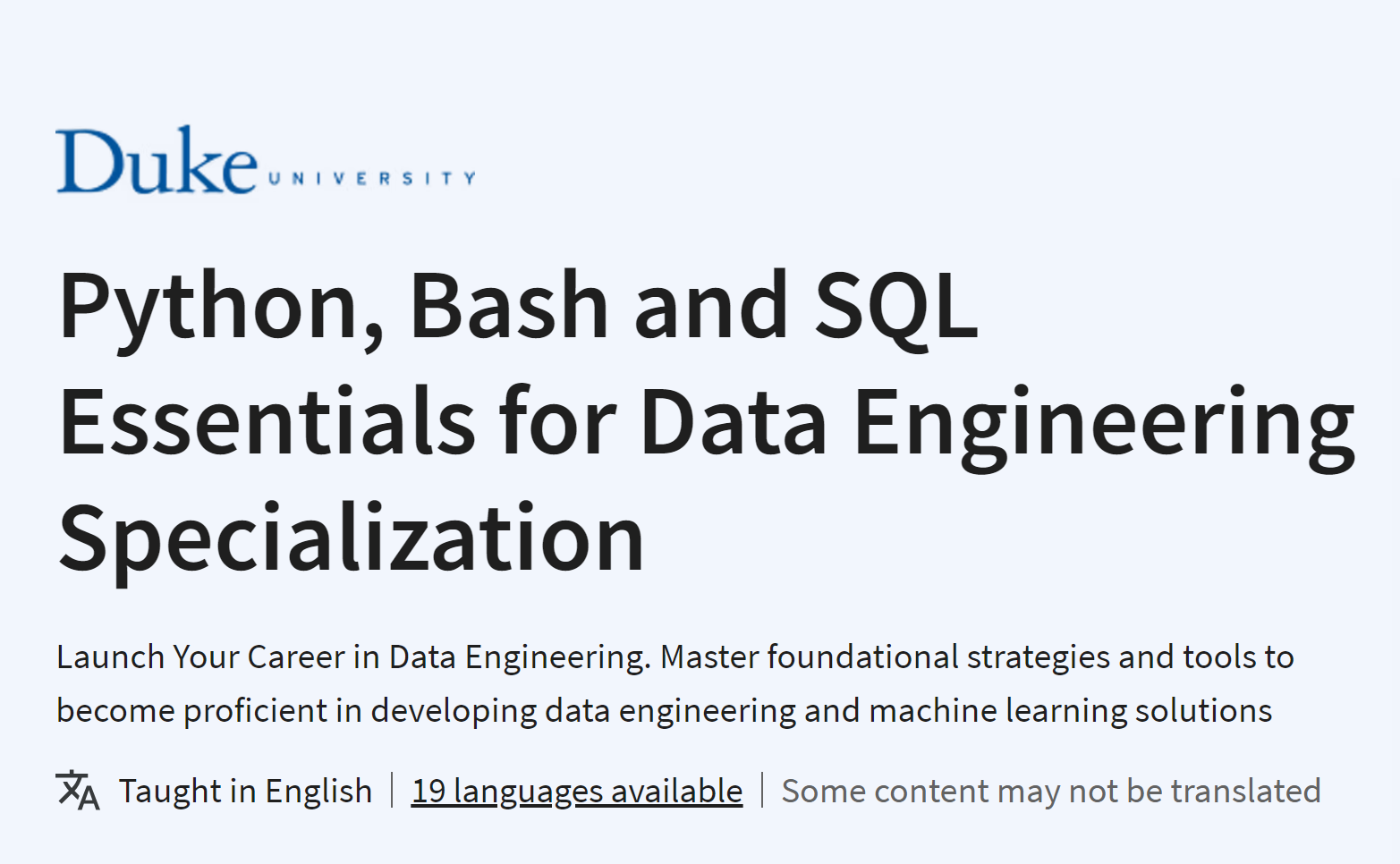
.PNG)


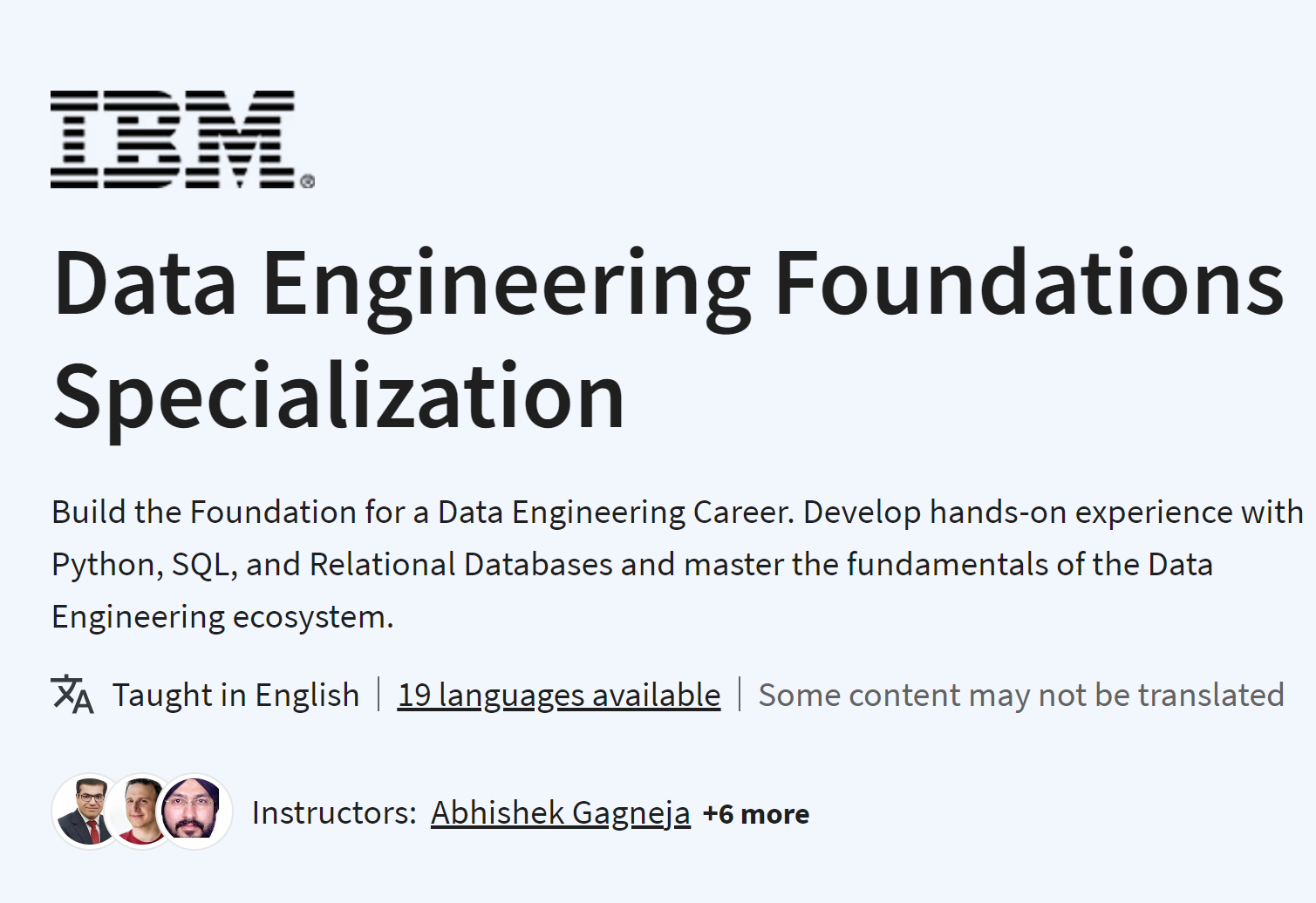

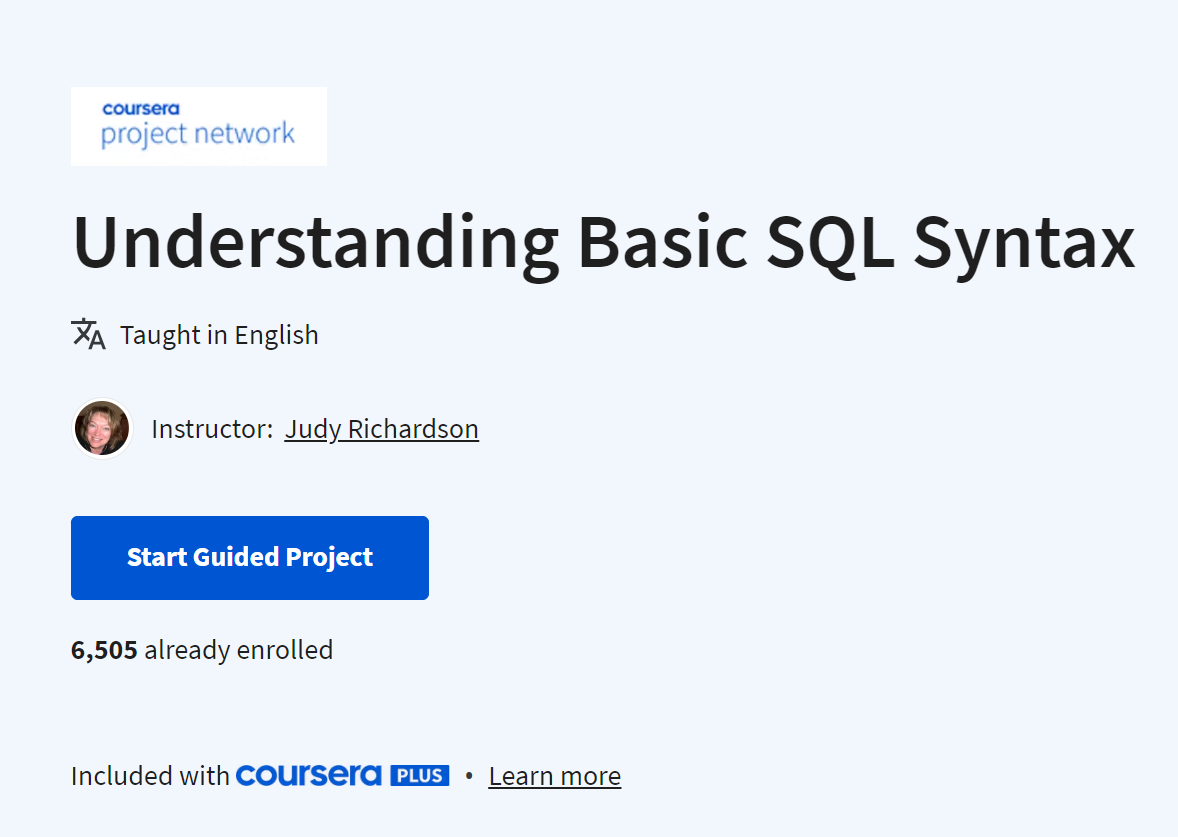

















.png)
















s.PNG)








.png)








%20in%20Finance).jpg)



